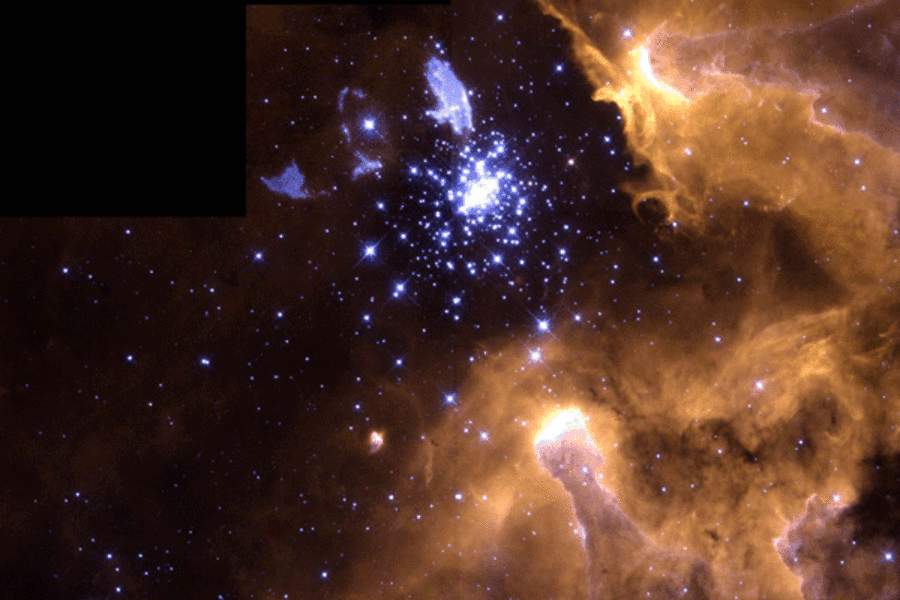Hubble telescope captures young, restless stars
Loading...
The tiny motions of hundreds of young stars packed tightly inside a star cluster have been revealed for the first time by images from the Hubble Space Telescope taken a decade apart.
The stars did not settle down as astronomers expected, but continued to roam about restlessly for about1 million years after the star cluster's formation, according to the new photos, which were released Wednesday.
IN PICTURES: Images from the Hubble telescope
"This is the first time we have been able to measure precise stellar motions in such a compact young star cluster," said Wolfgang Brandner, an astronomer at the Max-Planck Institute for Astronomy in Germany.
The precisely-measured motions of more than 700 cluster stars in the nebula NGC 3603 showed that the star velocities remained independent of their mass, which reflects conditions from the time of the cluster's initial formation.
The young star cluster packs a mass of more than 10,000 times that of our sun within a region just three light-years wide. It sits about 20,000 light-years from Earth. One light-year is the distance that light travels in one year, about 6 trillion miles, or 9 trillion kilometers.
Such great distances make measurements of star motions challenging.
But astronomers knew that they could use Hubble's sharp images of the NGC 3603 cluster taken back in July 1997, and followed up with more observations in September 2007. They then spent two more years extracting reliable motion estimates for the stars in the images.
The iconic Hubble Space Telescope launched in 1990 and celebrated its 20th anniversary in orbit in April.
The surprise finding about the restless star motion may lead to some rethinking about how quickly star clusters evolve. Such clusters usually emerge from the collapse of huge clouds of gas and dust. They can eventually evolve into balls of stars known as globular clusters and remain bound together by mutual gravity for billions of years.
"This is key information for astronomers trying to understand how such clusters are formed, and how they evolve," said Andrea Stolte, an astronomer from the University of Cologne in Germany.





